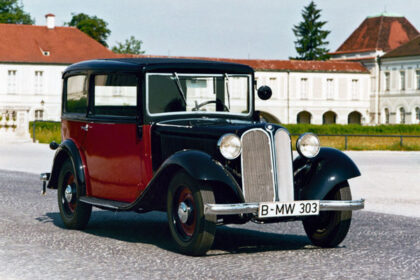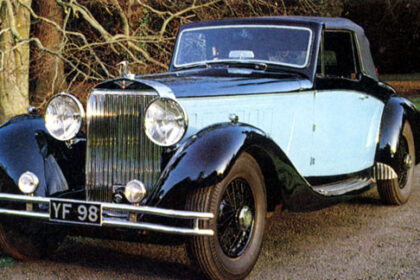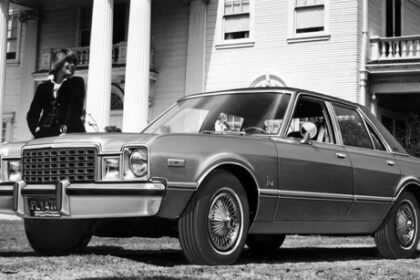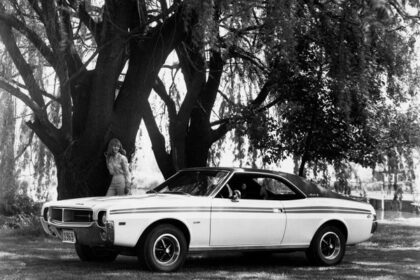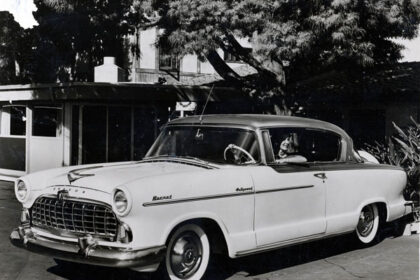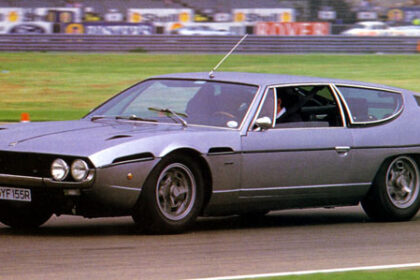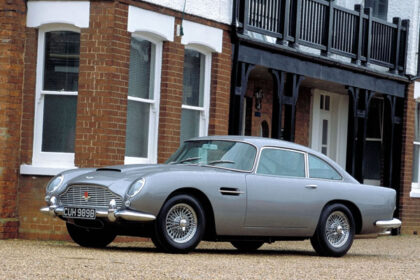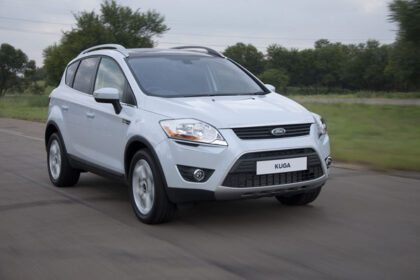LANCIA STRATOS
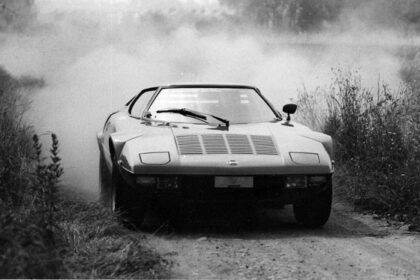
At the age of seventeen, Vincenzo Lancia of Turin, Italy switched from being an accountancy clerk with Ceirano Motor Works to being a mechanic. The year was 1898. Shortly afterwards, Ceirano merged with Fiat and the directors of the company very quickly learned of the extraordinary technical skill of young Lancia. He became their chief tester and later, when a worldwide racing program got under way, he became their chief racing driver. When only 25 Lancia was appointed technical advisor to the Fiat Board of Directors. In 1906 he left… Read more




